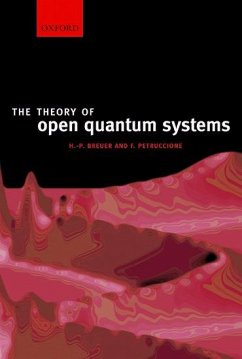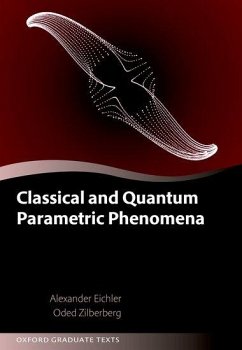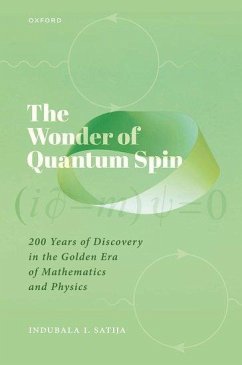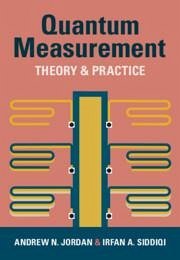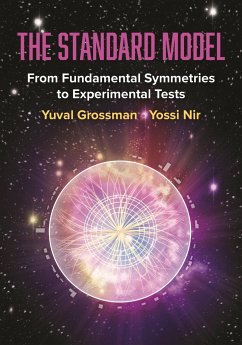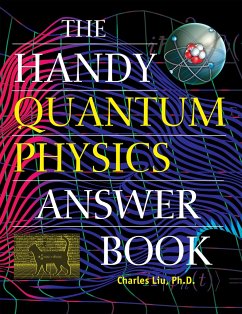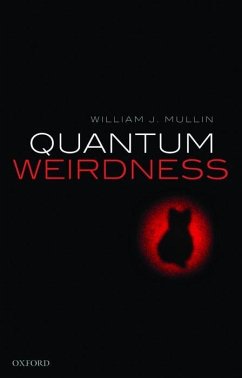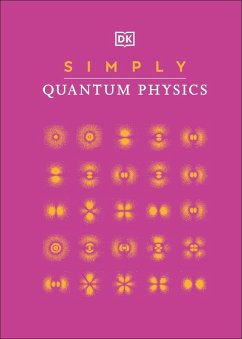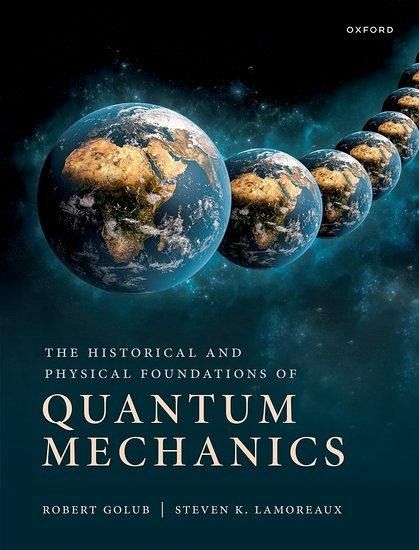
The Historical and Physical Foundations of Quantum Mechanics
Versandkostenfrei!
Versandfertig in 2-4 Wochen
73,99 €
inkl. MwSt.

PAYBACK Punkte
37 °P sammeln!
Placing the development of quantum mechanics in its historical context, from its philosophical origins in Greece, to its scientific realisation in the 19th and 20th centuries, this textbook book culminates with an examination of the current state of the field and an introduction to quantum information and computing.



